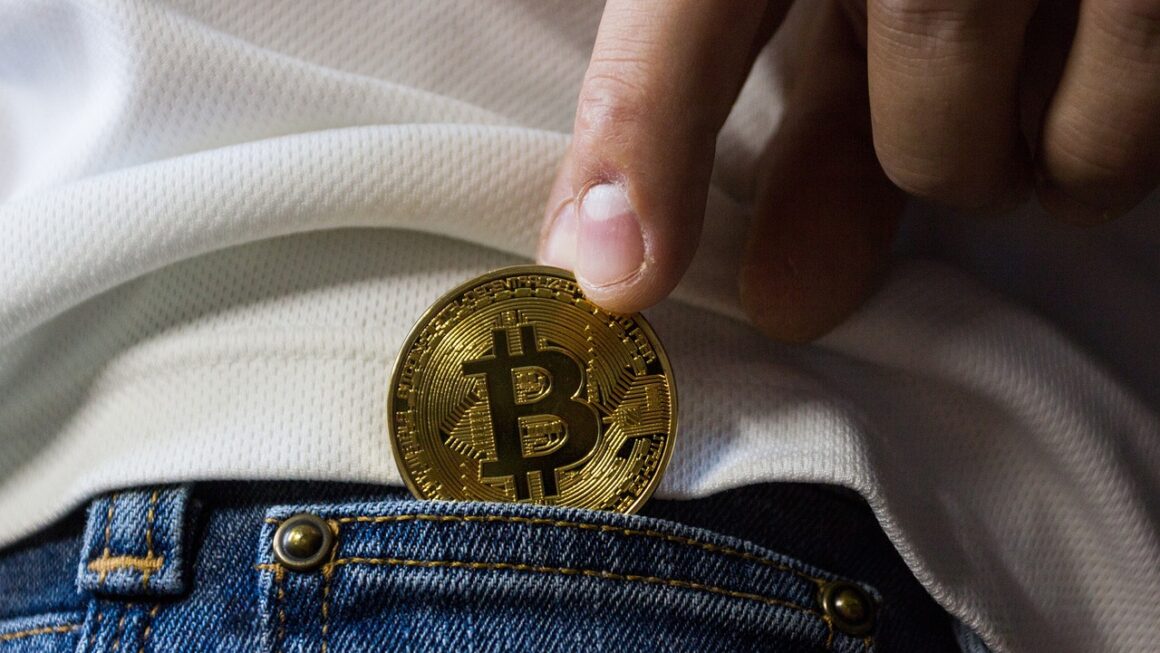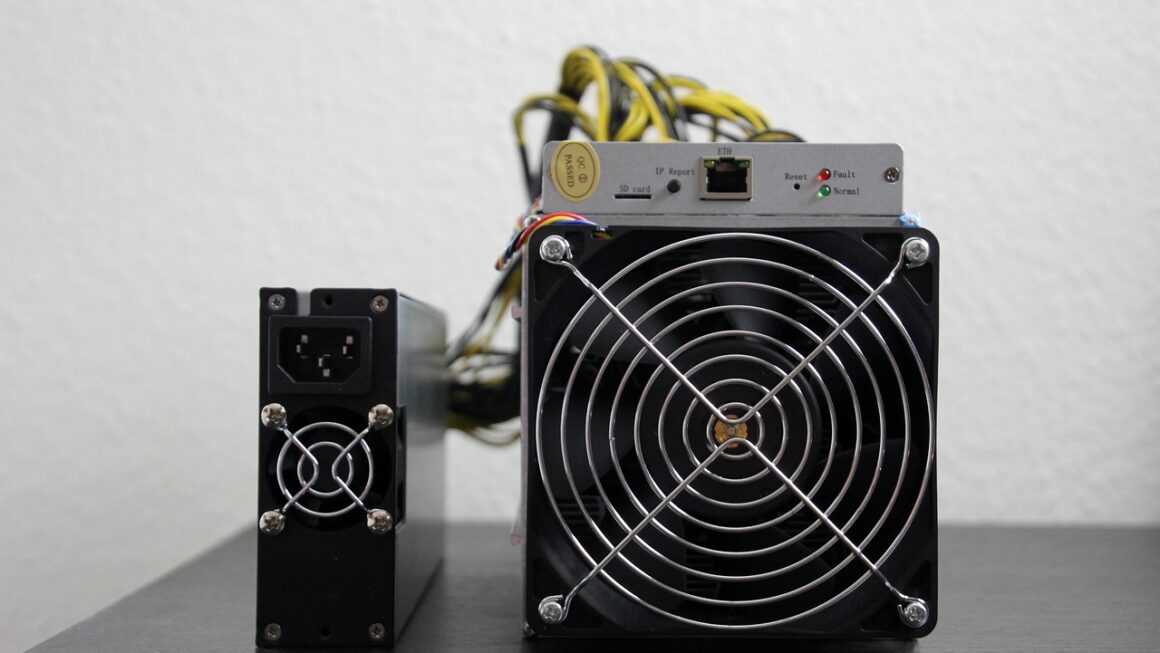Imagine a bustling digital marketplace where you can exchange your cryptocurrencies not with another trader, but with a vast reserve of tokens ready and waiting. This is the power of liquidity pools – the engine that drives decentralized exchanges (DEXs) and unlocks a world of possibilities within the decentralized finance (DeFi) ecosystem. Let’s delve into the fascinating world of liquidity pools, exploring their inner workings, benefits, and potential risks.
What are Liquidity Pools?
The Core Concept
Liquidity pools are essentially collections of tokens locked in a smart contract. These pools provide the liquidity necessary for decentralized exchanges (DEXs) to function. Instead of relying on traditional order books where buyers and sellers are matched, DEXs use these pools to enable users to swap between different tokens automatically.
- Think of it like a vending machine for crypto: You put one type of token in, and the machine dispenses another, based on the ratio of tokens in the pool.
- No need for intermediaries: Unlike centralized exchanges, liquidity pools are permissionless, meaning anyone can contribute liquidity.
How They Work: Automated Market Makers (AMMs)
Liquidity pools are powered by Automated Market Makers (AMMs). AMMs use mathematical formulas to determine the price of tokens within the pool. The most common formula is the “constant product formula”: `x y = k`, where:
- `x` is the amount of token A in the pool
- `y` is the amount of token B in the pool
- `k` is a constant, meaning the product of `x` and `y` must always remain the same.
- Example: Let’s say a liquidity pool contains 10 ETH and 1000 DAI. According to the constant product formula, `10 1000 = 10000`. If someone wants to buy 1 ETH, they’ll add 1 ETH to the pool. To maintain the constant of 10000, the pool must now contain 11 ETH. The new amount of DAI is calculated as `10000 / 11 = 909.09 DAI`. Therefore, the user will receive `1000 – 909.09 = 90.91 DAI` for their 1 ETH. This dynamic price adjustment ensures the pool always has liquidity, but larger trades can result in price slippage.
Key Participants: Liquidity Providers (LPs)
Liquidity providers (LPs) are the heart of liquidity pools. They deposit equal values of two or more tokens into a pool, providing the liquidity needed for trading. In return for their contribution, LPs earn fees from the trades that occur within the pool.
- Incentives for Participation: LPs earn a portion of the trading fees proportional to their share of the pool.
- Risk Management: LPs face a risk called “impermanent loss,” which we will discuss later.
Benefits of Liquidity Pools
Decentralization and Permissionless Access
Liquidity pools are a cornerstone of decentralized finance (DeFi), enabling trading without intermediaries. Anyone with a crypto wallet can participate as a liquidity provider or trader.
- No KYC Requirements: Unlike centralized exchanges, liquidity pools don’t typically require KYC (Know Your Customer) procedures.
- Global Accessibility: Anyone with an internet connection can access and participate in liquidity pools, regardless of their location.
Enhanced Trading Opportunities
Liquidity pools enable trading pairs that might not be available on centralized exchanges. They also provide a smoother trading experience, especially for less liquid tokens.
- Long-Tail Assets: Liquidity pools facilitate the trading of smaller, less popular cryptocurrencies.
- Arbitrage Opportunities: Price discrepancies between different pools and exchanges create arbitrage opportunities for traders.
Passive Income for Liquidity Providers
By providing liquidity, users can earn passive income from trading fees. This incentivizes participation and helps maintain the pool’s liquidity.
- Yield Farming: Liquidity pools are often integrated with yield farming programs, allowing LPs to earn additional rewards in the form of governance tokens or other cryptocurrencies.
- Staking Rewards: Some platforms offer staking rewards on top of trading fees, further incentivizing liquidity provision.
Risks Associated with Liquidity Pools
Impermanent Loss
Impermanent loss is arguably the biggest risk associated with providing liquidity. It occurs when the price of the tokens in the pool diverges significantly.
- Definition: Impermanent loss happens when the value of holding tokens in a liquidity pool is less than the value of simply holding them in your wallet.
- Example: If you deposit ETH and DAI into a liquidity pool and the price of ETH doubles, you’ll experience impermanent loss because the AMM will rebalance the pool, selling some of your ETH to maintain the constant product formula. When you withdraw your tokens, you’ll have less ETH and more DAI than you originally deposited, resulting in a loss compared to simply holding the ETH.
- Mitigating Impermanent Loss: Choosing pools with stablecoins or correlated assets can help reduce impermanent loss. Also, look for pools that offer higher trading fees or other incentives to compensate for the risk.
Smart Contract Risks
Liquidity pools rely on smart contracts, which are susceptible to bugs and exploits.
- Audits are Crucial: Before participating in a liquidity pool, research whether the smart contract has been audited by reputable security firms.
- Diversification is Key: Don’t put all your eggs in one basket. Diversify your liquidity provision across multiple pools and platforms.
Rug Pulls and Scam Projects
In the decentralized world, there is always a risk of encountering malicious actors.
- Due Diligence is Paramount: Thoroughly research the project and team behind a liquidity pool before investing.
- Look for Red Flags: Be wary of projects that promise unrealistic returns or lack transparency.
How to Participate in a Liquidity Pool
Choosing the Right Pool
Selecting the right liquidity pool is crucial for maximizing returns and minimizing risks.
- Consider Token Volatility: Opt for pools with less volatile tokens to reduce the risk of impermanent loss.
- Evaluate Trading Volume: Higher trading volume generally translates to more fees for LPs.
- Assess Platform Reputation: Choose reputable DEXs with a track record of security and reliability.
Providing Liquidity
The process of providing liquidity typically involves connecting your crypto wallet to a DEX, selecting the desired pool, and depositing the required tokens.
- Popular DEXs: Uniswap, SushiSwap, PancakeSwap are popular platforms for participating in liquidity pools.
- Wallet Integration: MetaMask, Trust Wallet, and Ledger are commonly used crypto wallets.
- Gas Fees: Be mindful of gas fees, which can be significant, especially on the Ethereum network.
Managing Your Liquidity
Once you’ve provided liquidity, it’s important to monitor your position and adjust your strategy as needed.
- Track Your Returns: Monitor your trading fees and impermanent loss to gauge the performance of your liquidity pool.
- Rebalance Your Portfolio: Consider rebalancing your portfolio to mitigate impermanent loss or take advantage of new opportunities.
- Stay Informed:* Keep up-to-date with the latest developments in the DeFi space to make informed decisions.
Conclusion
Liquidity pools are a revolutionary innovation in the DeFi space, providing a decentralized and permissionless way to trade cryptocurrencies. By understanding the mechanics of liquidity pools, the benefits they offer, and the associated risks, you can make informed decisions and potentially generate passive income. While impermanent loss and smart contract vulnerabilities are real concerns, careful research, risk management, and diversification can help mitigate these risks. As the DeFi ecosystem continues to evolve, liquidity pools will undoubtedly play an increasingly important role in shaping the future of finance.




